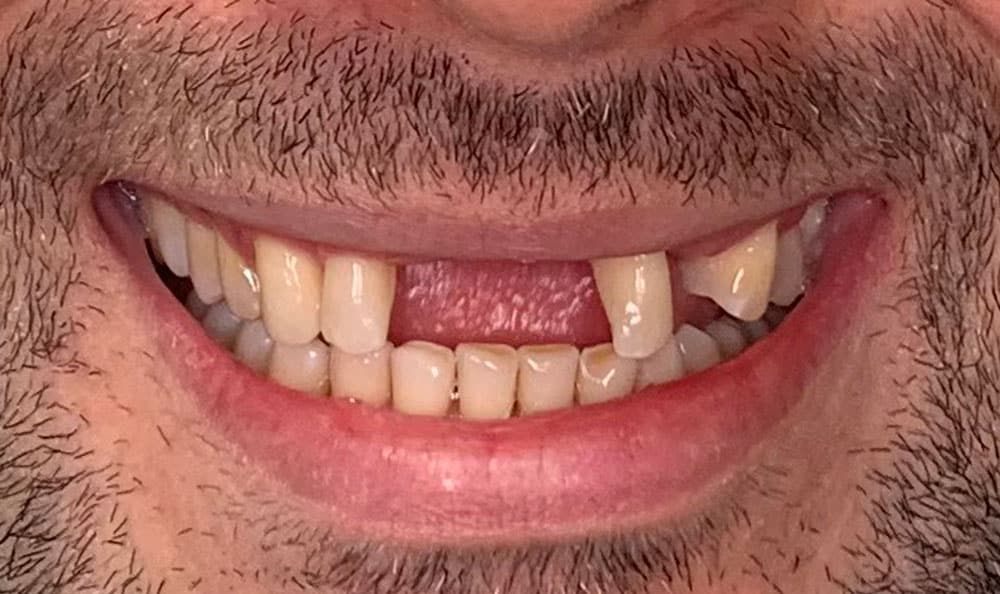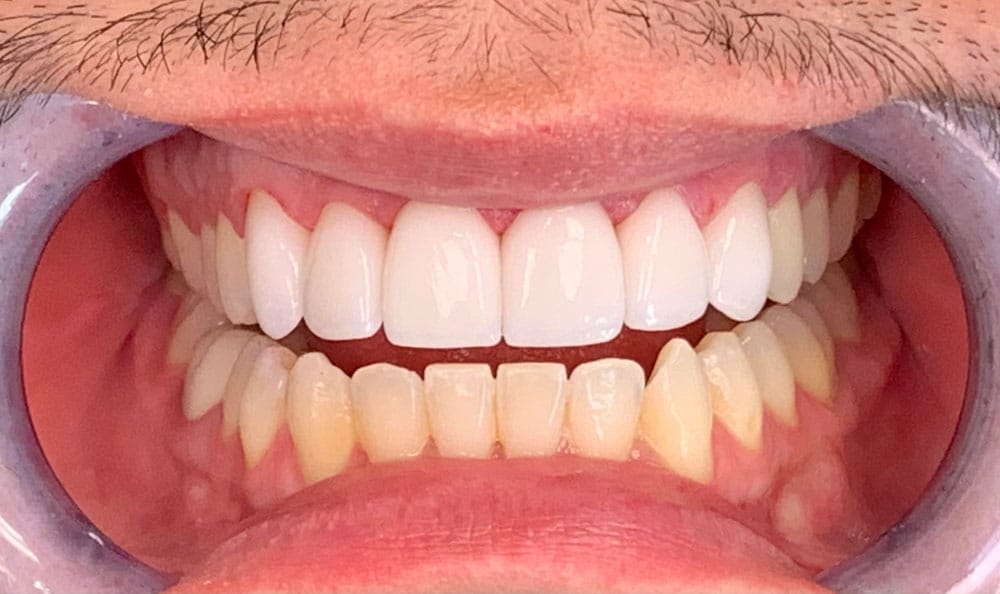Does your dentist recommend dental implants, and you’re anxious or overwhelmed because of all the other alternatives for dental treatment?
Consider yourself lucky because these dental implants are an easier option than other dental treatments. In this piece of content, you get to know about the different types of dental implants that your dentist may recommend to you during dental treatment.
Dental implants are created from pure titanium because of their small size, which fits into the bone easily under the gum and is precisely like regular tooth roots.
What Are Different Types of Dental Implants?
Endosteal, subperiosteal, and zygomatic are the most common types of dental implants that dentists suggest to you according to your oral health conditions. Let’s discuss them one by one in brief:-

Endosteal is often used in the initial stages, whereas subperiosteal is used in moderate conditions. Last but not least, zygomatic is considered the most complex dental implant as it is used only in severe conditions. Many dental clinics offer 24 Hour Dentist Near Me facilities for the convenience of their patients.
Endosteal Implants
Endosteal implants are often used in the initial stages and are placed directly through surgery into the jawbone. However, healthcare professionals suggest to most patients that they need a strong and healthy jawbone for this dental treatment. These implants look like small screws or cylinders that provide a strong and suitable base to bridges, dentures, and crowns. Many people prefer Dental Implants Near Me because of work and home accessibility.
Once the procedure is done, it takes some time to heal. Also, it takes a little to mix with other teeth and create a stronghold. Once recovered, the false teeth may be placed onto the post to fit in with the surrounding teeth.
Subperiosteal Implants
Endosteal Implants are the best option for patients with minimal jawbone height. Instead of being placed into the jawbone, these implants rest on top or above the jawbone but under the gu. Endosteal Implants are suggested only in certain conditions when the patient doesn’t have a strong jawbone for implants or when an individual does not want to deal with critical intense oral surgery to add bone into a specific area.

Zygomatic Implants
These implants are the most complicated and recommended only when a patient is experiencing severe bone loss in the upper jaw. These are placed into the cheekbone rather than the jawbone, ensuring stability for dental aesthetics and appearance.
If your oral health condition is severe and your jaw can’t support dental implants, your healthcare professional may suggest other techniques such as bone augmentation, sinus lift, ridge expansion, or any other dental treatment that suits your oral health issues. No worries about treatment costs because many dentists are offering flexible payment plans and accepting insurance policies, making Affordable Dental Implants.
Wrapping It Up
I hope that you find this post a useful resource for gathering or enhancing information about the various dental implants. Choosing the right implant depends on factors such as oral or overall health condition, what purpose to solve with this, and suggestions from your dentist or oral surgeon. If you’ve any severe issues or can’t wait till morning, contact Emergency DentistOpen 24 Hours Near Me.
Like other dental treatments, dentists often recommend dental implants with the intent to replace missing or modifying crooked or misaligning teeth that render a long-lasting and natural-looking solution. At the same time, they boost your confidence with an aesthetic and appealing smile.